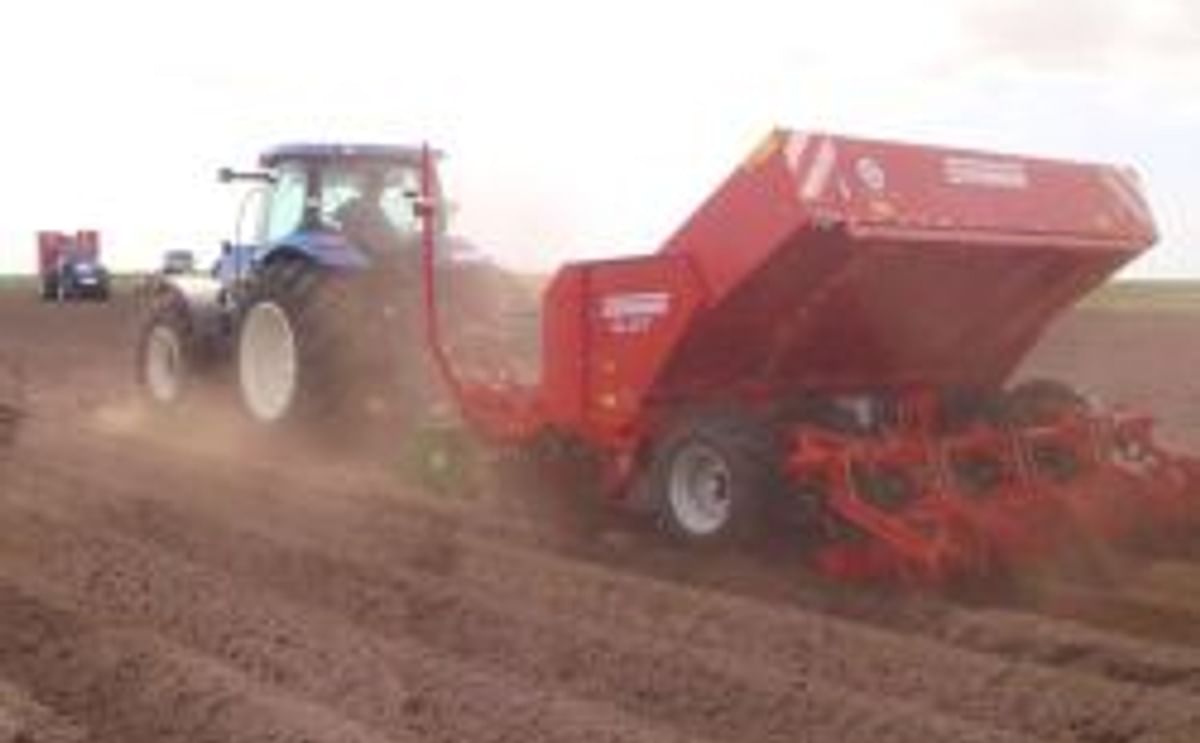It looks like 2012 will be a very interesting and possibly quite challenging for fresh market growers in the United States. So what should fresh growers be aware of in 2012? First and foremost, don't count on processors to be fresh market potato buyers again, and secondly, don't count on Mother Nature to trim yields which kept supplies in check this past season.
This past year, better than expected foreign and domestic demand for frozen potato products, combined with disappointing yields in many U.S. growing regions forced frozen processors to buy potatoes on the open market. According to Buzz Shanan from the United Potato Growers of America (UPGA), as many as 2.5 million hundredweight (cwt.) of potatoes were diverted from the fresh market to processors in 2011-2012. Without these purchases, fresh market prices would have been considerably lower, especially the second half of the shipping season.
Will processors be buyers on the open market again? Don't count on it. UPGA is projecting that 29,000 additional acres of processing potatoes will be planted this spring in the Northwest alone which could produce an additional 15.2 million cwt. of spuds for fryers. On a positive note, fryers need to replenish very low inventories, but that will happen sooner rather than later because of early planting this spring.
Despite having this information, many fear fresh growers will plant about the same number, or possibly even a few more acres than they did last year. With a return to trend-line yields and more typical abandoned acre numbers, expect 5 million more hundredweight, or roughly 99 to 102 million cwt. packed out for the fresh market. UPGA has determined the market can only absorb 96 million cwt. Anything more and prices will have to drop to unprofitable levels to move the entire crop.
What does that all mean for red growers in the Red River Valley? Proceed with caution! The Red River Valley can handle a large red crop very nicely when quality is good and russet supplies are in check. This happened in 2008 when we had our largest red crop in many years.
In 2009 the Red River Valley red crop was 14 percent smaller which should have meant even higher prices, but that wasn't the case. Prices were actually five dollars lower than the previous year for most of the shipping season. Why? Idaho over-produced and flooded the market with cheap russet potatoes. The situation was so bad that over six million cwt. in Idaho had to be dumped, fed to cattle, or sold to dehydrators for pennies on the dollar.
But the Red River Valley had some good fortune with that crop in the spring. A lousy Florida crop pushed red prices back up in the spring despite the over-supply of russets in the Northwest. This proved that the red and russet markets can act independently when given the right set of circumstances.
Red River Valley fresh growers could easily produce 15 percent more red potatoes than last year on the same number of acres with good growing conditions. Right now profitability hinges on many variables but big red crop in the Valley may have a silver lining. There is a market for good red potatoes and if we don't grow enough reds to satisfy that market,someone else will. The Red River Valley cannot afford to step back and continue to watch other regions expand red acres and steal our red market share. A big crop with good quality and good color could be just what the Red River Valley needs to stay on top.
Source: NPPGA
- News
- Potato Supply chain
- Will US Growers...

April 17, 2012
Like to receive news like this by email? Join and Subscribe!
Join Our Telegram Channel for regular updates!
Related Topics:
Highlighted Company
Related News

December 22, 2024
Mooij Agro unveils innovative crop storage solutions at Potato Expo 2025

December 20, 2024
EU-Mercosur Free Trade Agreement: Reducing Tariffs and Impact on Agricultural Trade

December 19, 2024
Tajikistan has harvested a record potato crop, but potato price stays high.
Latest News
Sponsored Content
Sponsored Content
Sponsored Content
Sponsored Content
Where
Sponsored Content







